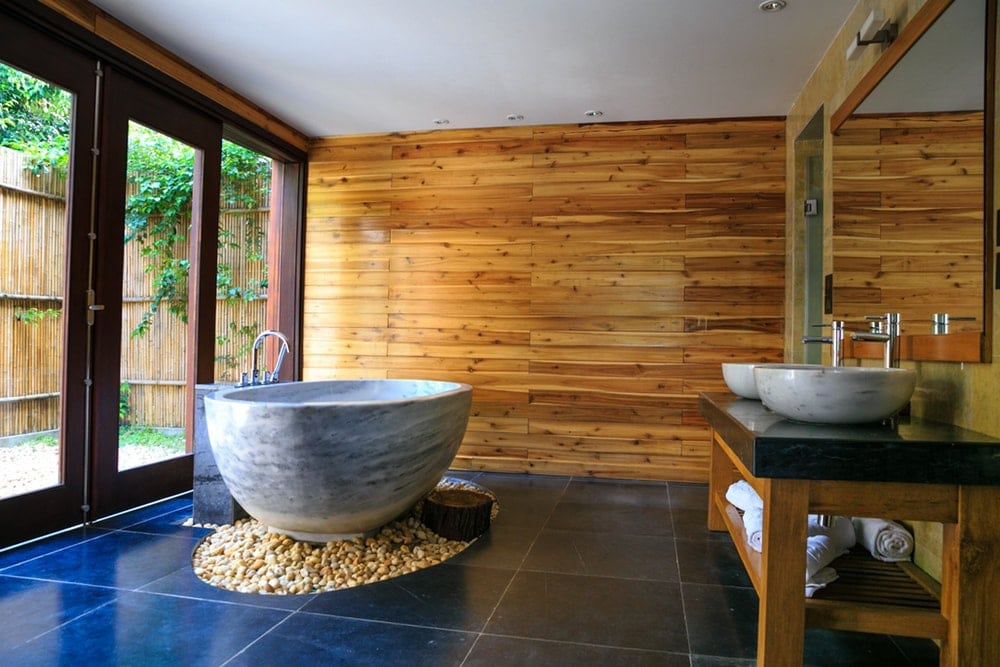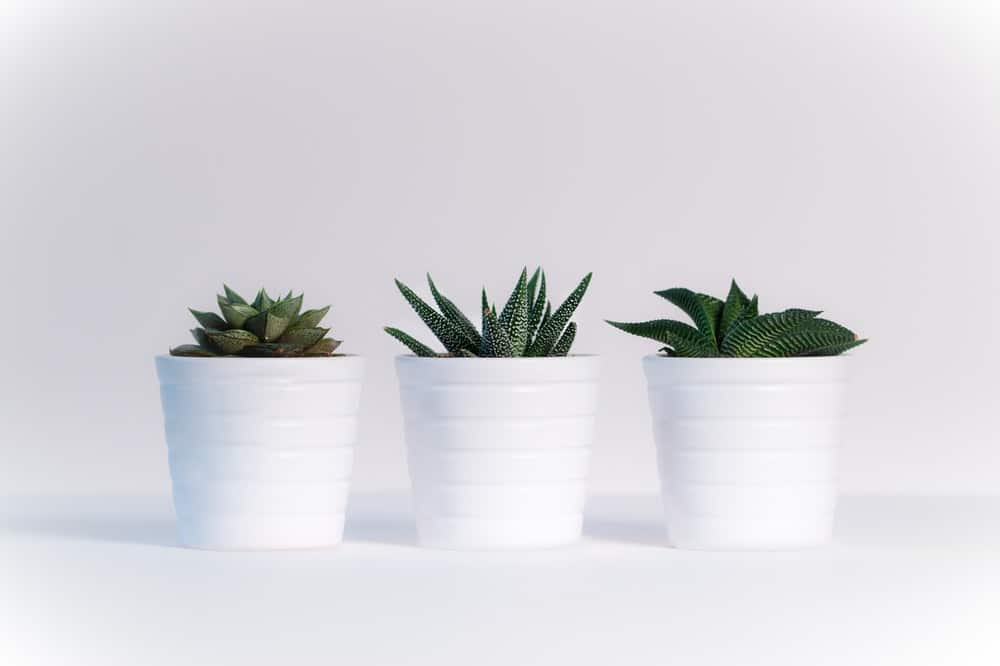One of the major issues that accompany bathrooms usage is that of condensation or humidity. Bathrooms become humid by acts as simple as taking a shower. The moisture released them combines with air in the form of water vapor and eventually settle as droplets surfaces like windows and mirrors. In addition, the amount of moisture that the air can hold usually depends on the hotness of the vapor, therefore, a hotter water vapor implies that there would be more deposition on cold surfaces. The amount of condensation released during a hot bath is, therefore, a lot more than that released during a good bath.
Furthermore, one major problem that excess humidity in your bathroom could cause is the growth of mold. Mold growth on surfaces is a very annoying occurrence especially since they grow very rapidly and would be found on almost all surfaces. This is in addition to issues like misting up windows and mirrors such that you have to go through the stress of constant wiping. Totally eliminating humidity in your bathroom is realistically impossible, however, there are certain steps which you can take to effectively reduce the amount of humidity in your bathroom. Here are top ways to reduce humidity in your bathroom:
1. Ventilation
In order to reduce humidity in your bathroom, you have to make sure that your bathroom is well ventilated. One of the ways of doing this is by making use of an extractor fan. They are usually outside your bathroom and they extract the moist air via a hole on the outside of the bathroom wall. Basically, they are connected to the light circuit such that they begin to function immediately you put on the bathroom lights. After doing your business and putting off the lights, the fan also goes off. This way, the extractor only works when the bathroom is in use.
Similarly, the fan could come with a switch or a pull cord to enable it to be controlled manually; this is also expedient. To make your fan last as long as possible, it is advised that you carry out regular maintenance of it to prevent a build-up of grime and water. The ideal recommendation for getting rid of most of the moisture in the bathroom is to allow the fan to run for about half an hour after your bath. Also, leaving the bathroom door and window slightly open when taking a hot bath provides a means of exit for the steam.
2. Heating
The logic behind heating your bathroom or keeping it warm is that a warm bathroom is very effective at combating condensation and dampness. This is because they can carry a lot more moisture present in the air and there are fewer cold surfaces unto which condensation of water vapor can take place. Double glazed windows in the bathroom are also a very great help. They guarantee that your bathroom’s internal glass panels would be relatively warmer and reduces the likelihood of them holding condensed water. They also aid in making sure that the warm air remains in the bathroom.
Very small openings called trickle vents can be added to new windows which allows passage of air to an extent even when the windows are shut tight. For heating purposes, you could either make use of a traditional radiator, under floor heating or even the more recent heated towel warmer. Whichever method you are applying, you need to make sure it is effective enough to get the job done. When you are picking a heating option, you need to consider the size of your bathroom too. You would need a method that would work best for your bathroom from the wide range of. methods available.
3. Painting of Bathroom Walls
Bathroom walls made from mere cement walls should undergo application of a specially formulated anti-condensation paint. It is especially a great idea to do this if the walls are not tiled or if they are not fully tiled. The paint should be applied to the entire wall surface alongside the ceilings. The main effect of the paint is that it helps in the insulation of the walls and ceilings thereby increasing their respective surface temperatures. An increase in their surface temperatures prevents water vapor from settling and condensing on their surfaces.
Often times, a fungicide is included as part of the paint formula to protect the walls from the potential growth of mold. To make it extra effective, preparing the surface before application of the paint is very essential. In order to do this, you would need to rid the surface of any already existing mold or mildew with the use of a fungicidal solution. It is also of essence that you follow the manufacturer instructions to the letter since the manufacturer is in actual fact the expert in knowledge of the product. To get optimal protection, it is advised that you apply two coats of paint on the bathroom walls and ceiling.
4. Use of Plants
Plants require moisture to survive, therefore, having a plant in your bathroom is a very effective way of reducing the moisture or humidity level of your bathroom. When they are used in conjunction with some other humidity solutions, they can also help you prevent the growth of mold. Plants are great at absorbing moisture through their pores and they help you produce oxygen which would make your bathroom a lot airier. However, there are only very few plants that are suitable for use in the bathroom because plants also release water vapor, therefore, you would need to be very careful with your selection process.
For instance, the peace lily reduces humidity levels because it possesses the ability to absorb moisture present in the air through its leaves. It also possesses the ability to rid the air of certain toxic substances. They are mildly toxic and should be kept out of reach of children. The English ivy possesses the ability to remove airborne molds usually present in humid locations. Siting of this plant is essential to its effectiveness and as such should be positioned close to the ceiling to help absorb rising humidity. The Boston Fern is also another plant that can absorb humidity and regulates humidity levels.
5. Keep Your Tiles Clean Always
One of the main places where water ends up.is on the tiles in your bathroom. While having your bath, some of the water splashes usually end up on tiles and continuous accumulation of this water does not bode well for your bathroom. The best cleaning process for tiles is to wipe them down. You would need to clear water away from the tiling within the shower cubicle as the water accumulates on the tiles. You should have a special cloth for wiping the tile and the grouting where the probability if mold growth is very high.
Since mold can also grow on the shower glass, it is important that you keep the glass dry always. Using a rubber blade on the shower glass is a very effective move. It is so effective that it gets rid of up to 75% of the total moisture that would result in mold growth. The body of your bathtub should always be kept clean always too especially if it is also tiled. Keeping all the surfaces in your bathroom clean is a very effective way of keeping mold away. You may also visit the reason why Why Do You Have Mold in Your Bathroom and What To Do About It.

6. Use of Dehumidifiers
Dehumidifiers can usually be found in bathrooms due to the profound functions that they perform. Basically, they take moisture present in the air and convert it into the water, they collect the water. It is so efficient that if you have a humidifier in your bathroom, you can be the use of having a great drop in the humidity levels of your bathroom. Some of them function automatically while some have the manual option as well however, they perform the same basic function if getting rid of moisture or condensation.
The downside of this machine is that it is pretty expensive and may not be easily afforded by a large number of people. Therefore, the major reason that most people make use of them in home bathrooms is when it becomes the last resort. Some people also rent dehumidifiers for a couple of days to help in working out and identifying the major problem that the bathroom could be experiencing humidity-wise.
The essence of reducing humidity in your bathroom goes beyond the basic reasons you can think of. Slippery surfaces could result in various domestic accidents which could culminate in something a lot more serious. Wet surfaces easily harbor dusts which get attached to the surface and could easily stain clothes and other clothing materials that you take into the bathroom. The growth of mold could also lead to diseases and certain ailments alongside skin irritations. Furthermore, wet surfaces could harbor a lot of other harmful microorganisms which could subsequently lead to a number of unsavory occurrences. Therefore, bathroom hygiene is completely paramount. You may also check our reasons on why you should have plants in your bathroom.
How to Deal with Condensation in Bathroom – YouTube


